Author: Charlotte Vowden
Photography: Getty Images & Dom Fraser
F1 at 75: Karun Chandhok has designed and driven race tracks around the world, but how do you make them safe and exciting to race? Charlotte Vowden finds out.
Karun Chandhok is one of two people from India, a country of 1.5 billion people, to have raced in Formula One. He is the first to have raced at Le Mans. As a commentator, TV presenter, author and columnist, Karun is an authoritative voice of motorsport. He designs race circuits too…
“Sadly, I think we’ve got to a stage in the sport where a whole load of asphalt runoff has been put down and in some ways it’s gotten to the point where you feel it’s too safe. That’s a very dangerous statement to make because you could then say, well, what is too safe?
I used to, and still do, love driving circuits like Le Mans where grass and gravel are right by the edge of the track. Every time you go through a fast corner at high speed, having not dropped a wheel in the grass, you go phwoar! You get a great sense of satisfaction. That’s completely different to a track like Spa where you just go a bit wide onto asphalt and rejoin the track with no penalty; the runoff takes away some of the challenge.
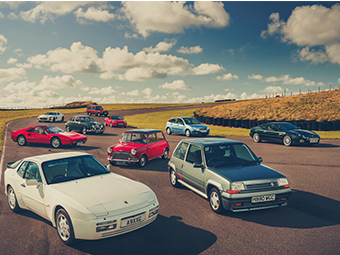

I’ve had my share of accidents and therefore I’m acutely aware of what it feels like to go off the track and hit a barrier. I think asphalt runoff has psychologically enticed drivers into taking more risks than it would’ve done previously. Back in the day when you saw a yellow flag you knew you had to stay within the confines of the circuit, so you would slow down, but now you’ve got drivers who assume they’re able to go off the track and onto the asphalt to avoid anything. Anthoine Hubert got killed at Spa a few years ago in Formula Two, and it’s a slightly controversial thing to say, but in some ways, I think all of the asphalt didn’t help in that instance.
An exciting and safe track is one which has a combination of fast and technically challenging corners, places with good overtaking opportunities, elevation changes, cambered corners and with sensible run off areas but without forcing the spectators to be too far away from the edge of the track. An element of driver psychology needs to be factored into track design and that’s something I try to emphasise. We have to create deterrents that force drivers to think, OK, I need to be cautious. I also think there needs to be a process of course correcting.
We should start taking steps back towards natural deterrents – gravel or grass – along the edge of the track. It’s tricky to do as the motorcycle racers don’t want that, but for example, The Red Bull Ring in Austria has come up with a temporary solution of gravel that works for cars and can be covered over for the bikes.


Doing the re-design of Abu Dhabi with the team from Driven International was a really interesting challenge. It was like renovating a house but being told that the kitchen, living room and half the bedrooms had to stay exactly the same! We couldn’t move the pits, hotel or the Marina but needed to think about solutions to make it a better track within that and I feel like we got that done. As circuit designers, seeing the hugely dramatic and controversial 2021 season decided at a corner that we had re-done was uniquely satisfying.
As a commentator, when you see an incident your immediate thought does go to the safety of the driver. I remember when Romain Grosjean had his huge accident in Bahrain, he went through the barrier and the car exploded into flames. Leave aside the fact that Romain is someone I’ve known for a long time, and we raced together, but just seeing a driver go through that you really do fear for their lives. It’s scary, especially having been a driver, because you realise there are incidents which can be life threatening.
Formula One, and motorsport generally, is a risk and reward game; nobody forces the drivers to take part. They’re choosing to climb in that car and when they make that choice they are also choosing to accept the risks involved when competing. The joy, the satisfaction and the pleasure of winning outweighs the risks.
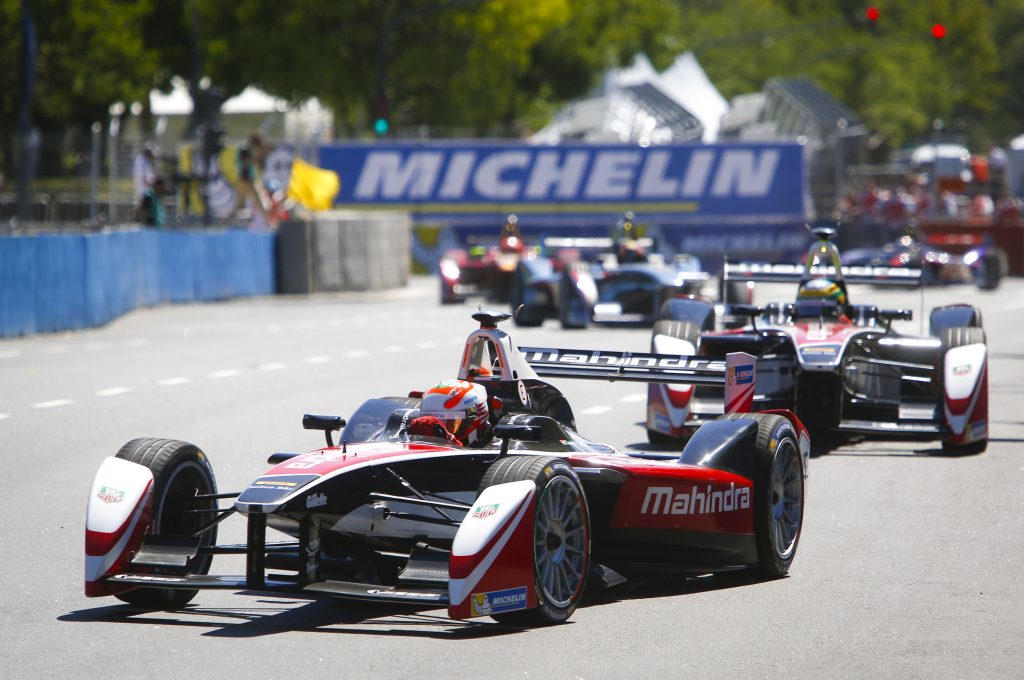
In terms of safety, as a driver, your focus is very much on what you have at that time. If you speak to drivers from the seventies, they think the fifties were downright dangerous. If you speak to drivers from the nineties, they think the seventies were downright dangerous. If you speak to the drivers of today, they will tell you an early nineties car feels dangerous. Whatever era you race in, you don’t know what’s coming, you don’t know what the potential is.
I think safety in Formula One is in a good place; a huge amount of progress has been made. You can never make the sport 100% foolproof but the key point is that it’s all about learning from what’s happened in the past and constantly looking at improvements that can be made to the to the cars, the tracks and the driver equipment.”
This article was originally published exclusively for our HDC members. Want early access to stories like this, a full month before they go live? Sign up for Hagerty Drivers Club.
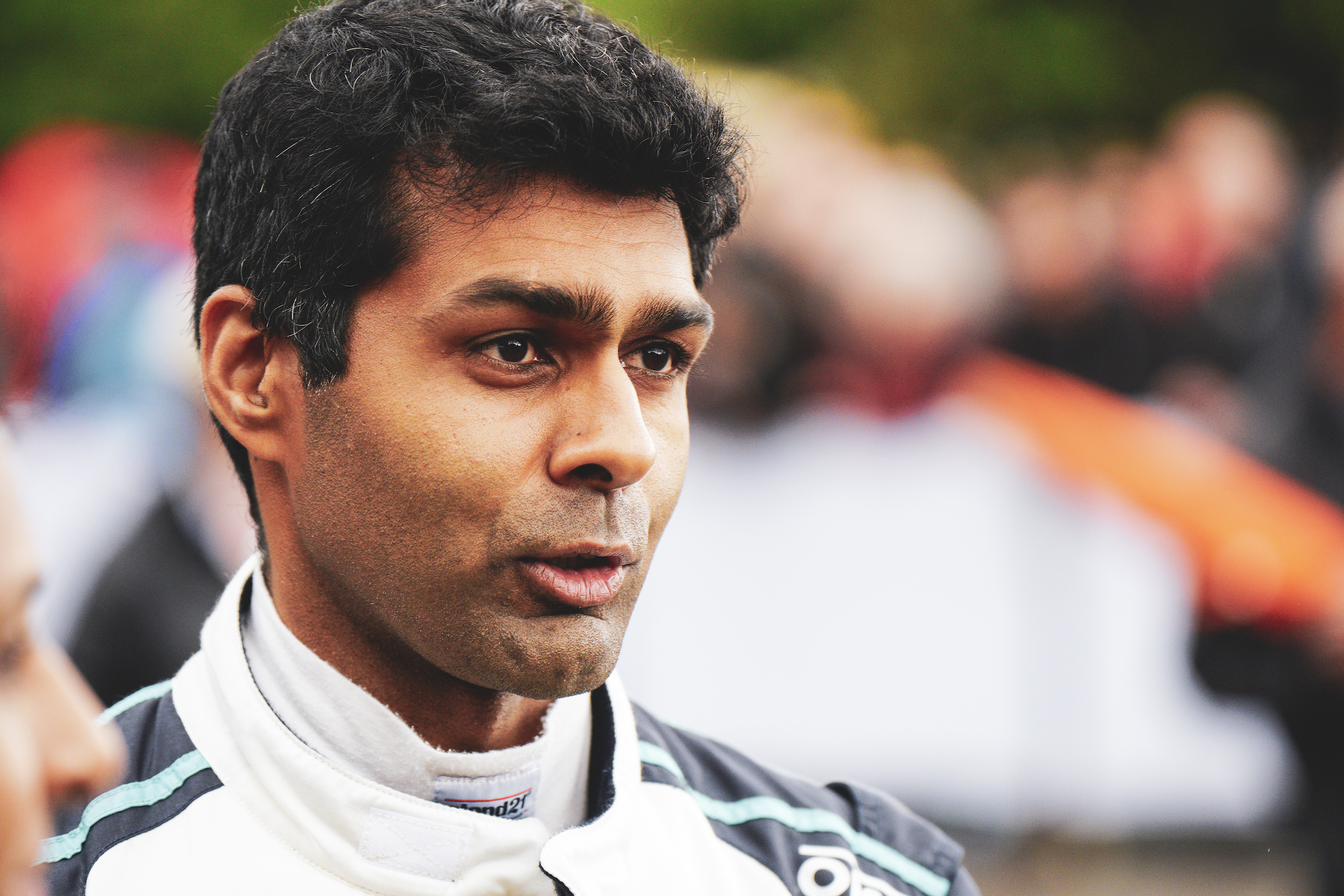

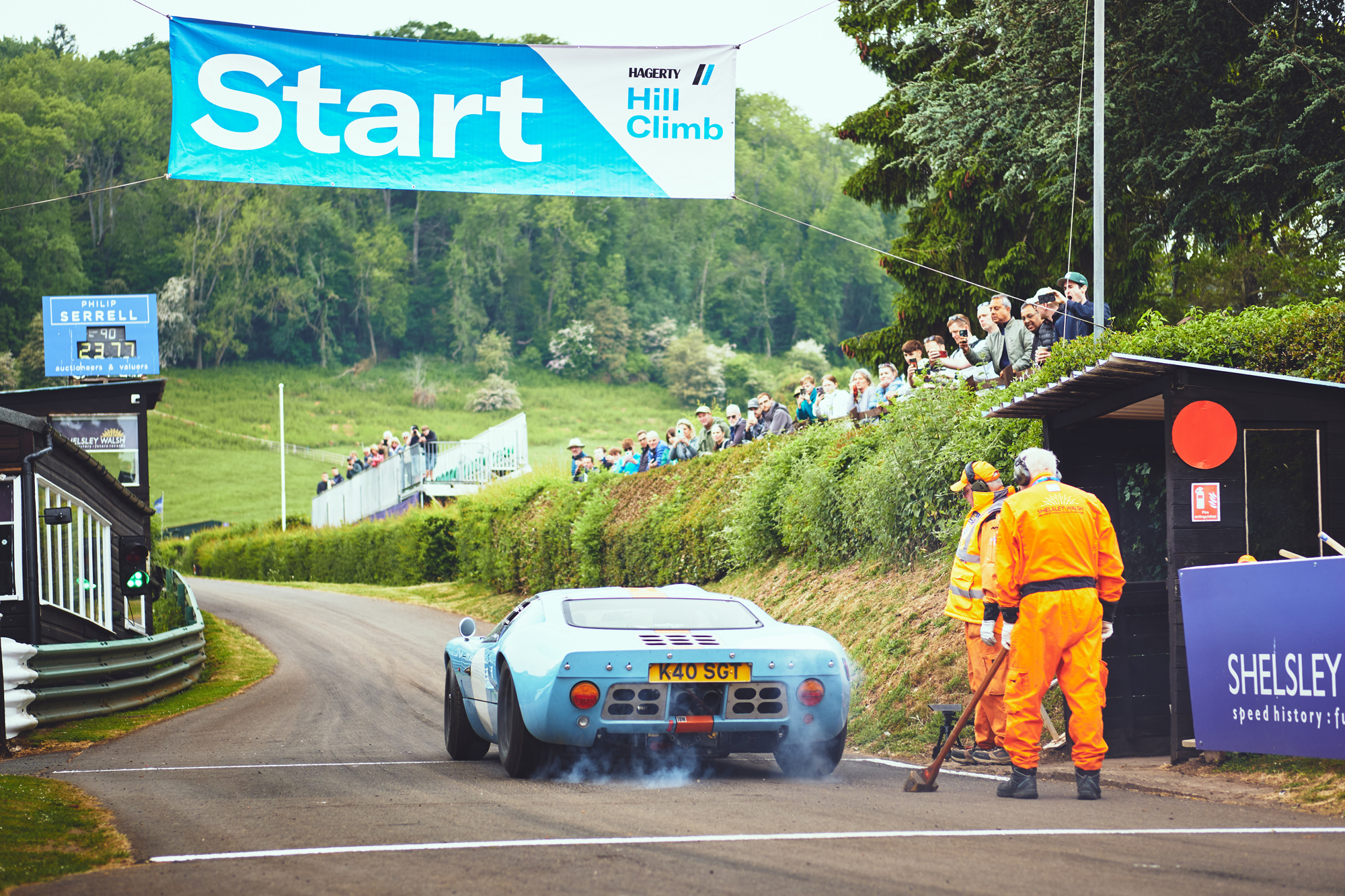






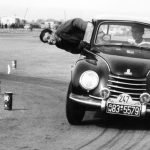
What a ridiculous question! If tracks were to be changed in support of some psychological ideal, it could only be done piecemeal, and drivers, all different, would encounter them almost randomly, defeating the object.
Krunch is on the money – when I saw Imola last weekend, it reminded me of what race tracks used to look like – race tracks. From a driver’s point of view it’s all about ‘flow’ – Brands Grand Prix is a great example. By modern standards, probably ‘sketchy’, but we love to race there. Snetterton 300 is much safer than the 80’s variant, but, personally, I’d turn the clock back. Silverstone Grand Prix, on the other hand, does a great job of ticking both boxes … 👌🏁
I agree with Karun as the run off tarmac areas have increased a sense of safety which encourages the drivers to push that much harder! Likewise, the run offs are also used as a part of the track in many locations. Going back to grass and gravel would stop all that and confine the drivers to the track limits, as going off would potentially put them out of the race or lose so much lap time. I’m all for it, bring back the grass and gravel!